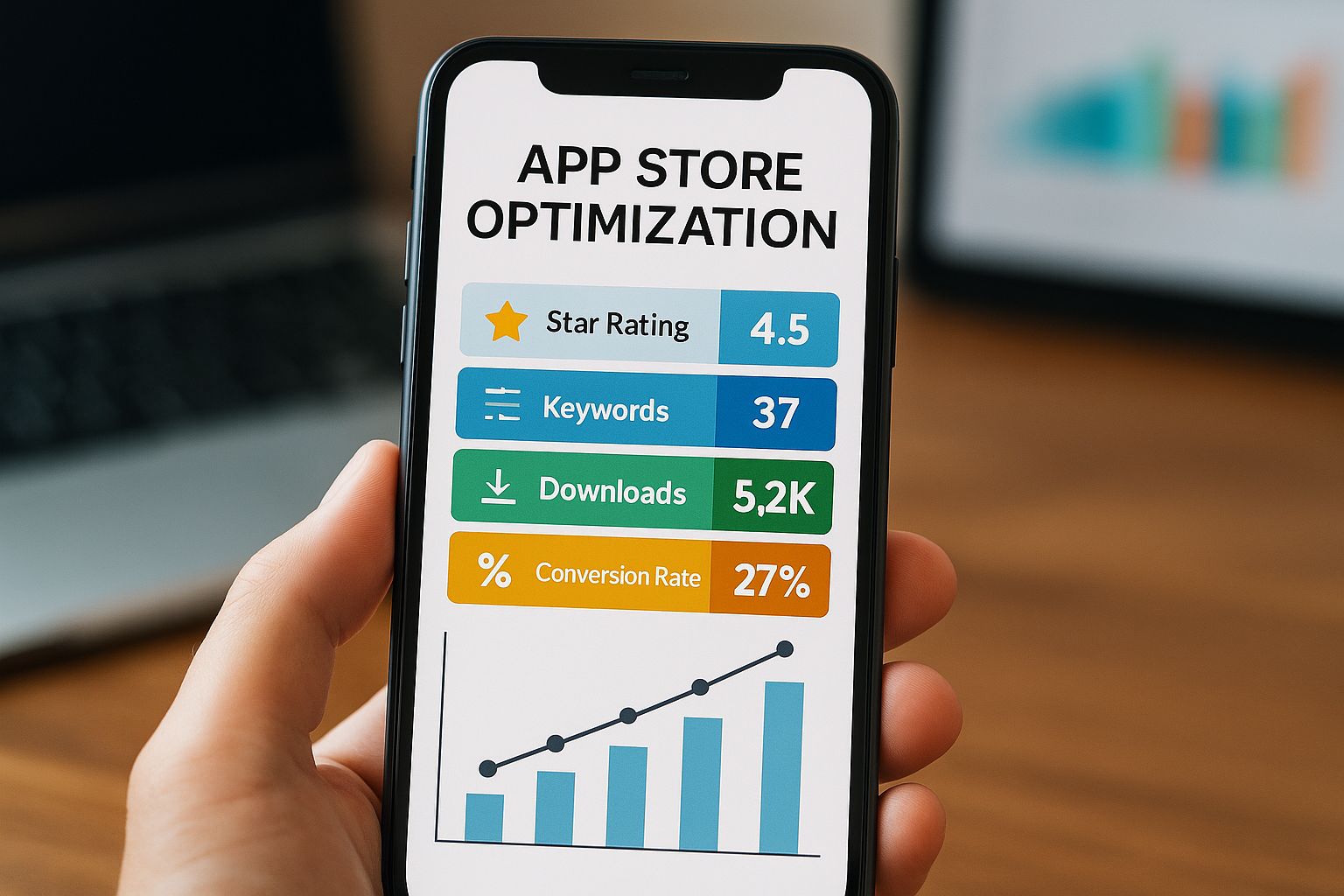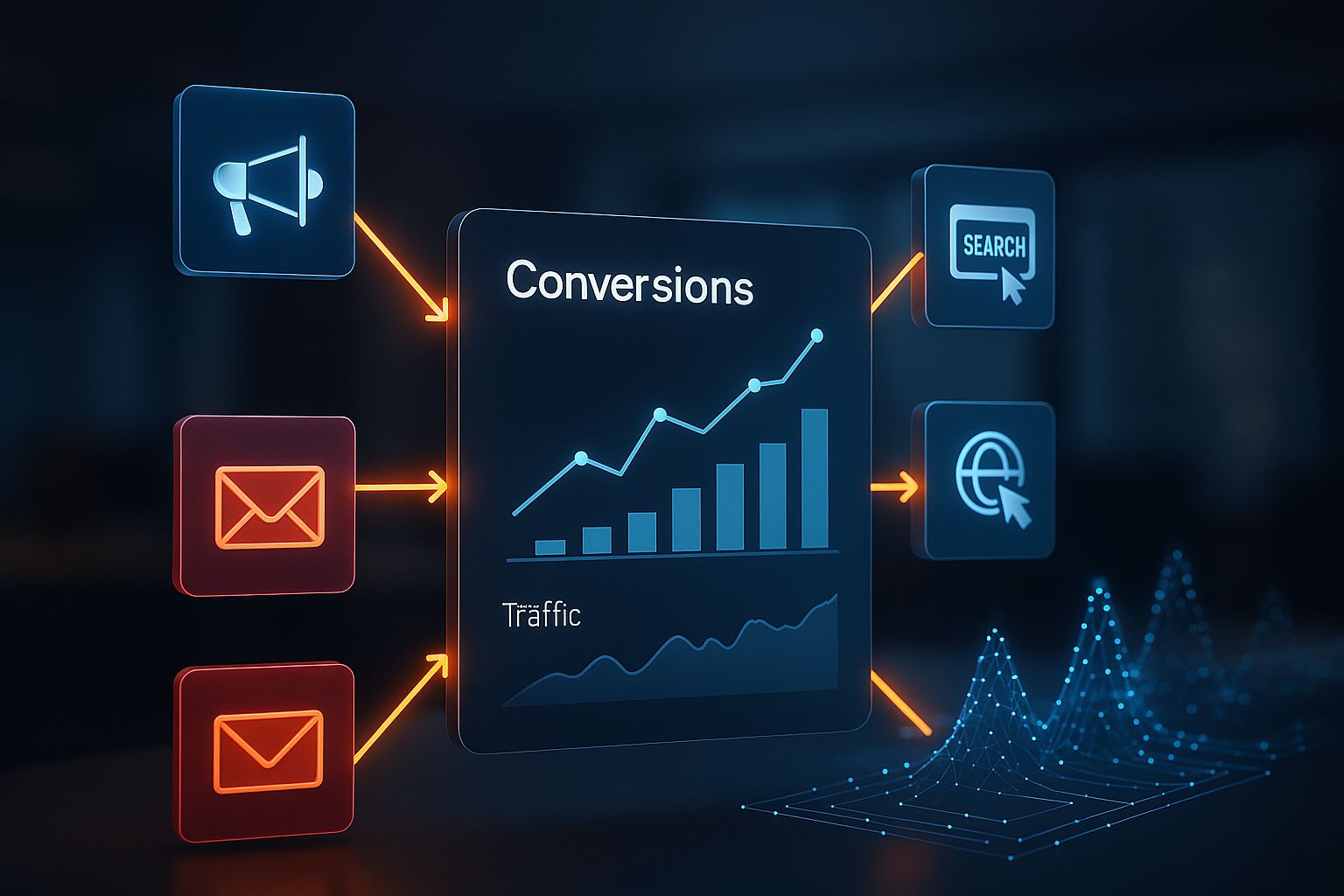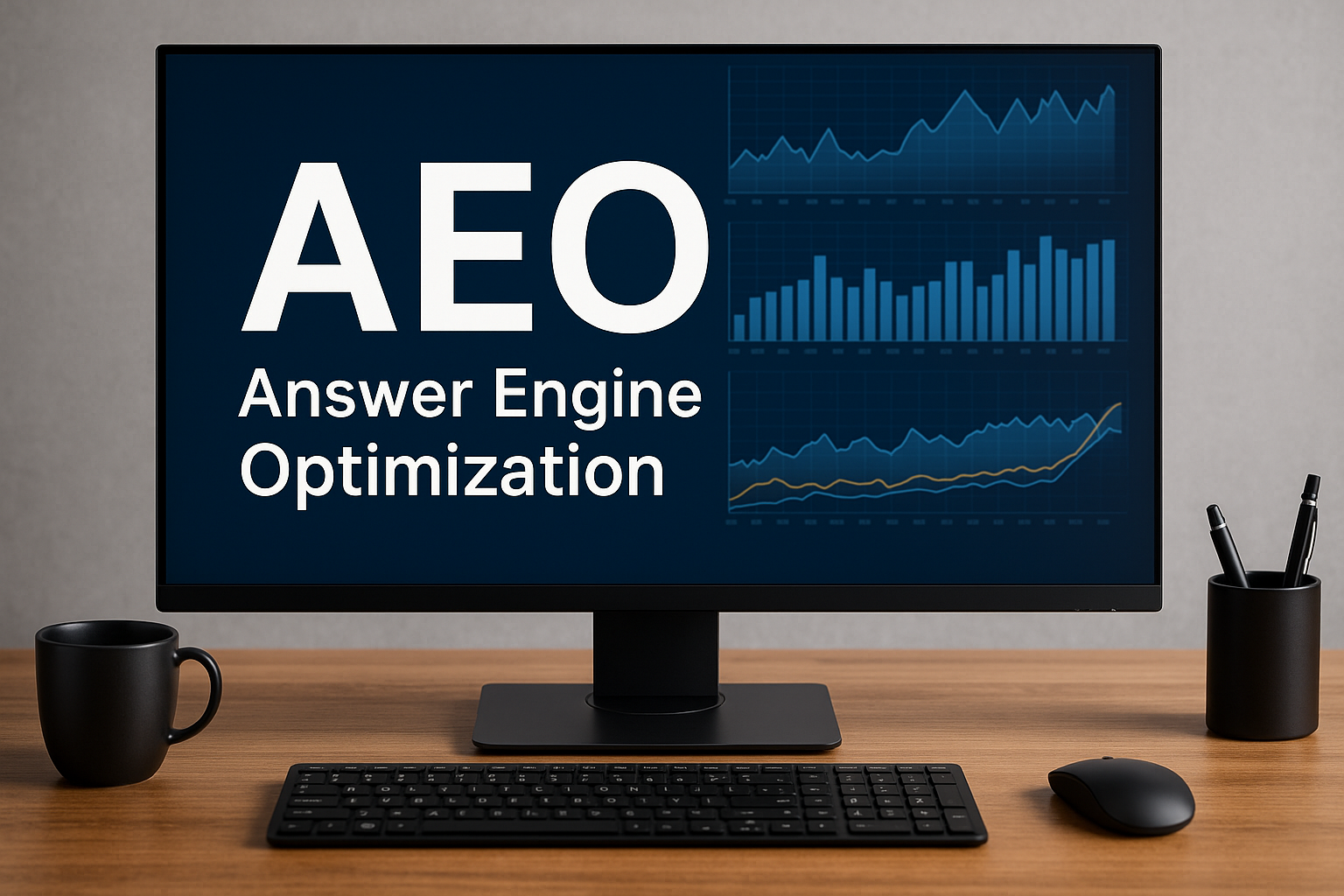
Most app teams spend months building features and budgets driving ads, but barely touch the one growth lever every user sees first: their App Store presence.
App Store Optimization (ASO) isn’t just a “checklist” item. It’s the difference between being searched and being found.
Done right, ASO can reduce your cost per install (CPI), increase retention, and help your app grow sustainably, even without extra ad spend.
In this post, we’ll break down how ASO actually works, why it matters, and how consumer app marketers can use analytics and creative testing to stay ahead.
What Is App Store Optimization (ASO)?
App Store Optimization is the process of improving your app’s visibility and conversion rate in app stores like the Apple App Store and Google Play.
It’s similar to SEO, but instead of websites, you’re optimizing titles, keywords, visuals, reviews, and engagement signals.
A strong ASO strategy ensures that when someone searches “budget tracker,” “fitness planner,” or “AI camera app,” your app ranks among the top results. The goal isn’t just installs, it’s qualified installs from users who actually stick around.
Why ASO Matters More Than Ever
As paid acquisition costs rise and privacy restrictions tighten, organic visibility has become essential for sustainable growth.
In 2024 and beyond, algorithms reward apps that:
- Keep users engaged and uninstall rates low
- Refresh creative assets regularly
- Earn positive reviews and high average ratings
- Show consistent keyword and conversion performance
In short, Apple and Google promote apps people love, and ASO helps you prove that love mathematically.
The Core Elements of App Store Optimization
| Element | What It Impacts | Optimization Tips |
| App Title & Subtitle | Keyword ranking | Use 1–2 core keywords naturally (no stuffing). |
| App Description | Conversion | Focus on user benefits, not just features. |
| Keywords (iOS only) | Discoverability | Research high-volume, low-competition phrases. |
| Screenshots & Icon | Conversion | Test visuals frequently, they affect CTR. |
| Ratings & Reviews | Ranking & trust | Encourage feedback from loyal users. |
| Retention Metrics | Algorithm signal | Apps with low uninstall rates rank higher. |
Even subtle changes, like swapping an icon color or rewriting your first 200 characters, can boost conversion rates by 5–10%.
Data-Driven ASO: Beyond Keywords
Modern ASO is as much about analytics as it is about creativity.
App stores now consider engagement metrics (session time, retention, uninstall rate) as ranking factors.
That means your app’s user experience, not just your metadata, directly affects visibility.
The most effective teams track how ASO-acquired users perform inside the app using tools like GA4, Mixpanel, or Data.ai.
This data answers:
- Which keywords attract users who convert to paying subscribers?
- Which screenshots drive the highest install-to-retention ratio?
- How do organic users behave vs. paid?
By combining ASO metrics with in-app analytics, you’re optimizing not just discovery, but lifetime value (LTV).
💡 Tip: Connect ASO data with your attribution setup in GA4 or MMPs to track which store visitors turn into retained users.
How to Build a Winning ASO Strategy
Step 1: Keyword Research
Use platforms like SensorTower, AppTweak, or MobileAction to identify keywords with strong volume but moderate competition. Focus on relevance first; misleading keywords only hurt retention.
Step 2: Competitor Benchmarking
Study the top 5 apps in your category. Look at how often they update visuals, what keywords they rank for, and what kind of reviews they get.
Step 3: Optimize Creative Assets
Your screenshots, videos, and icon are your landing page.
Run A/B tests to see which combination drives better tap-throughs and installs.
Step 4: Track & Iterate
Measure performance weekly. Use store analytics to spot shifts in impressions, conversions, and rankings.
Step 5: Close the Loop
Feed insights back into your in-app funnel. If a keyword attracts high churn, refine your messaging or audience targeting.
Common ASO Mistakes (and How to Avoid Them)
Keyword stuffing – hurts readability and may lower rankings.
Use 1–2 main keywords naturally and focus on compelling copy.
Ignoring visuals – users decide in seconds based on icons and screenshots.
Test new designs every quarter and align visuals with current design trends.
Neglecting ratings & reviews – 80% of users read reviews before downloading.
Ask happy users for feedback through in-app prompts.
Forgetting localization – non-English ASO drives up to 30% more installs.
Translate your listing for top markets (Spanish, French, German, etc.).
The Future of ASO: Personalization & AI
ASO is evolving beyond static keywords.
With Apple Search Ads, custom store listings, and AI-driven recommendation engines, each user now sees a slightly different version of the store.
AI can help by:
- Predicting which screenshots resonate with each audience
- Generating keyword clusters from search intent
- Automating creative testing and competitor alerts
Consumer apps that combine AI + analytics will dominate ASO in the next wave of growth.
“The future of ASO isn’t guessing what users want, it’s modeling what they respond to.”
App Store Optimization isn’t a one-time checklist, it’s a continuous cycle of learning, testing, and adapting.
In a crowded app market, your store page is your first impression and your biggest conversion opportunity.
By blending data, creativity, and user understanding, you can turn ASO into one of the most profitable growth channels for your app.
At Y77, we help consumer apps build data-driven ASO strategies that combine analytics, attribution, and creative optimization, to grow smarter, not just louder.


